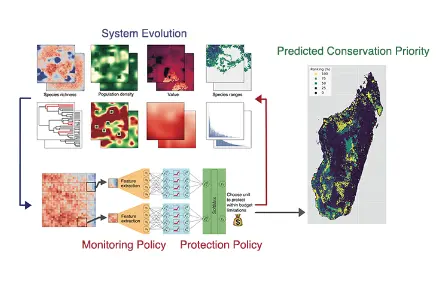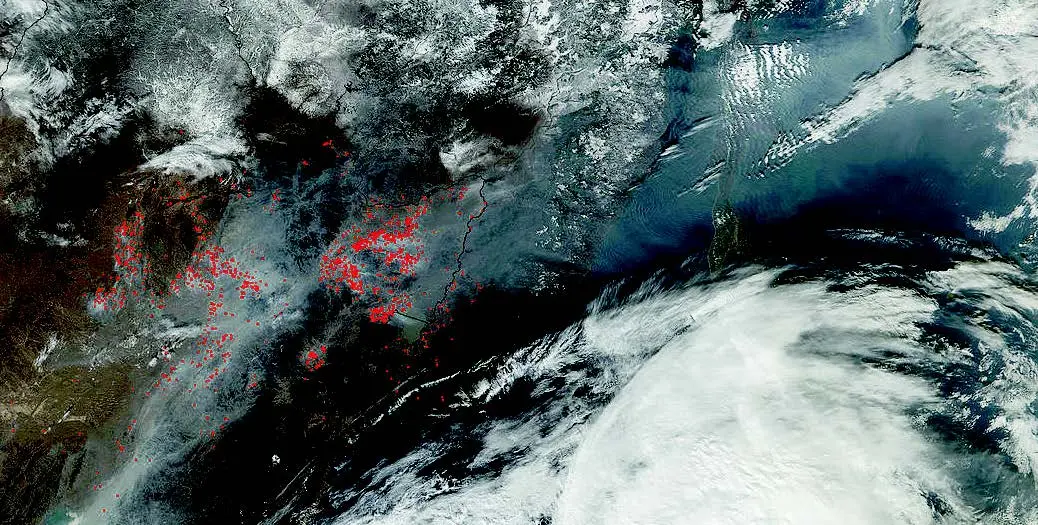As anyone who has interacted with the chatbot ChatGPT will know, artificial intelligence (AI) is developing at a remarkable speed. In just a few months the program has gone from a curiously talkative search engine to a powerful tool that can research, translate, code, problem-solve and even start an online business for you, with just a few simple prompts.
With humanity facing an urgent need for effective and affordable action to protect the natural world, many organisations are now turning to AI (and related technologies such as machine and deep learning) to refine and advance their conservation efforts.
The technology has initially found use in what is essentially very fast pattern-recognition, helping to identify glimpses of rare species hidden within millions of images or hours of video, or helping to identify early signs of environmental problems over vast areas. In China, satellite imaging has been combined with AI technology to detect forest fires earlier and automatically alert local management, cutting serious fires down to a third of what they were previously. In Wisconsin, USA, AI-driven camera systems have been installed on windfarms to instantaneously recognise threatened species of birds flying towards them and slow the turbines. And Kafue National Park, Zambia, has installed a 19km surveillance line, fitted with infra-red cameras and powered by intelligent technology that can identify poachers and alert local rangers.
CAPTAIN of conservation
More advanced applications of AI involve algorithms that can be trained to model large-scale conservation actions or suggest areas to prioritise. Several AI tools are now available, including Zonation, CAPTAIN and MARXAN, which can help conservationists identify regions most in need of biodiversity protection, or where action could have the most impact.
CAPTAIN (Conservation Area Prioritization Through Artificial Intelligence) feeds biodiversity data, conservation budgets, climate change models and human pressures into a neural network (a series of algorithms that aims to mimic the way the human brain operates). The program quantifies the trade-offs between the costs and benefits of area and biodiversity protection, exploring multiple biodiversity metrics.
CAPTAIN essentially plays a game in an artificial, simulated world, aiming to save as many species as possible from extinction in various scenarios. Each time, the software learns how to best place protected areas in its simulated world. Powerful platforms like Nature Metrics are helping organisations pull together information from things like environmental DNA to build a picture of the composition of an ecosystem and how it is changing. The Silicon Valley-backed start-up Basecamp Research is using a vast AI database of DNA sequences from around the world, to try to understand what the world’s unstudied proteins do. They hope this will help countries value the biodiversity within their biomes.







